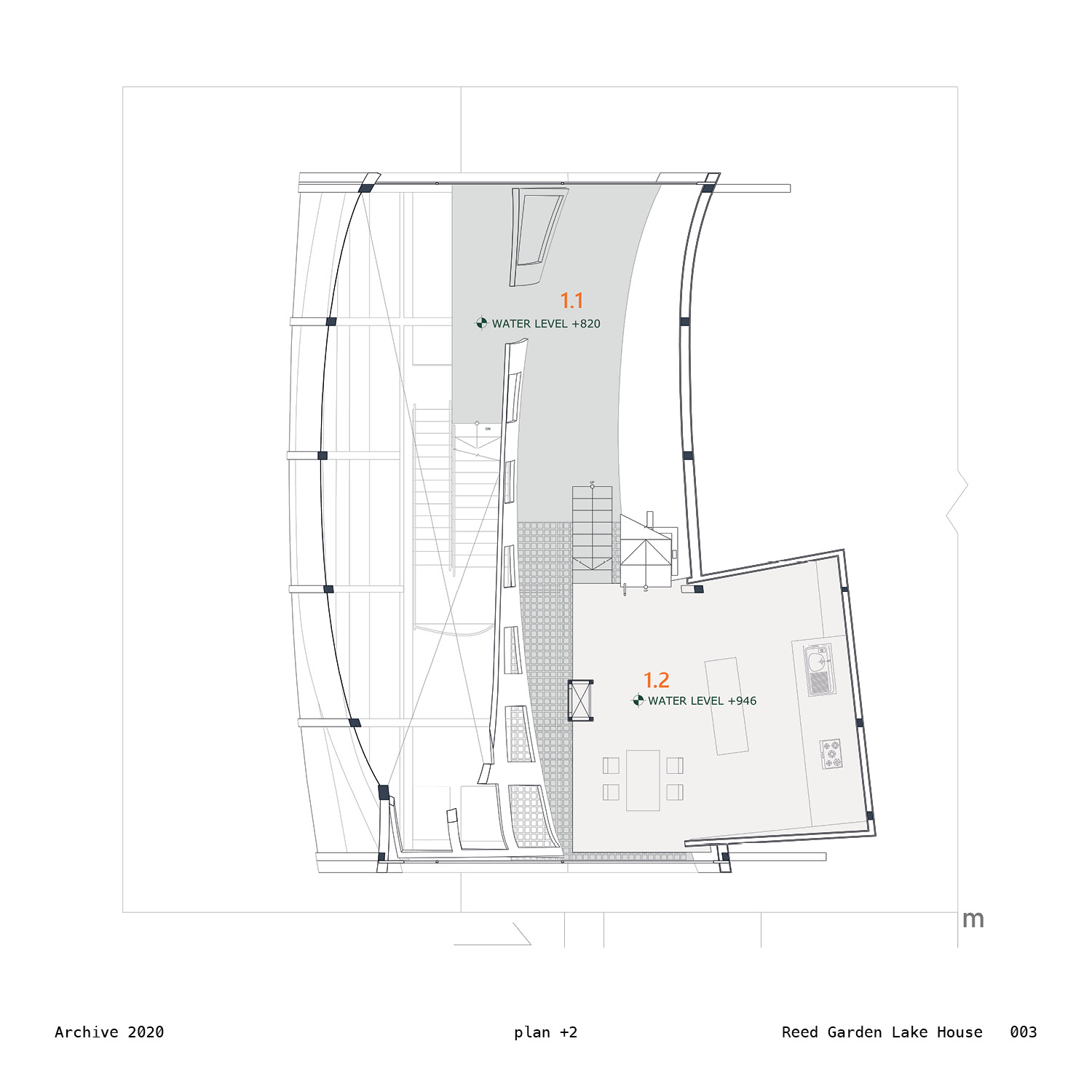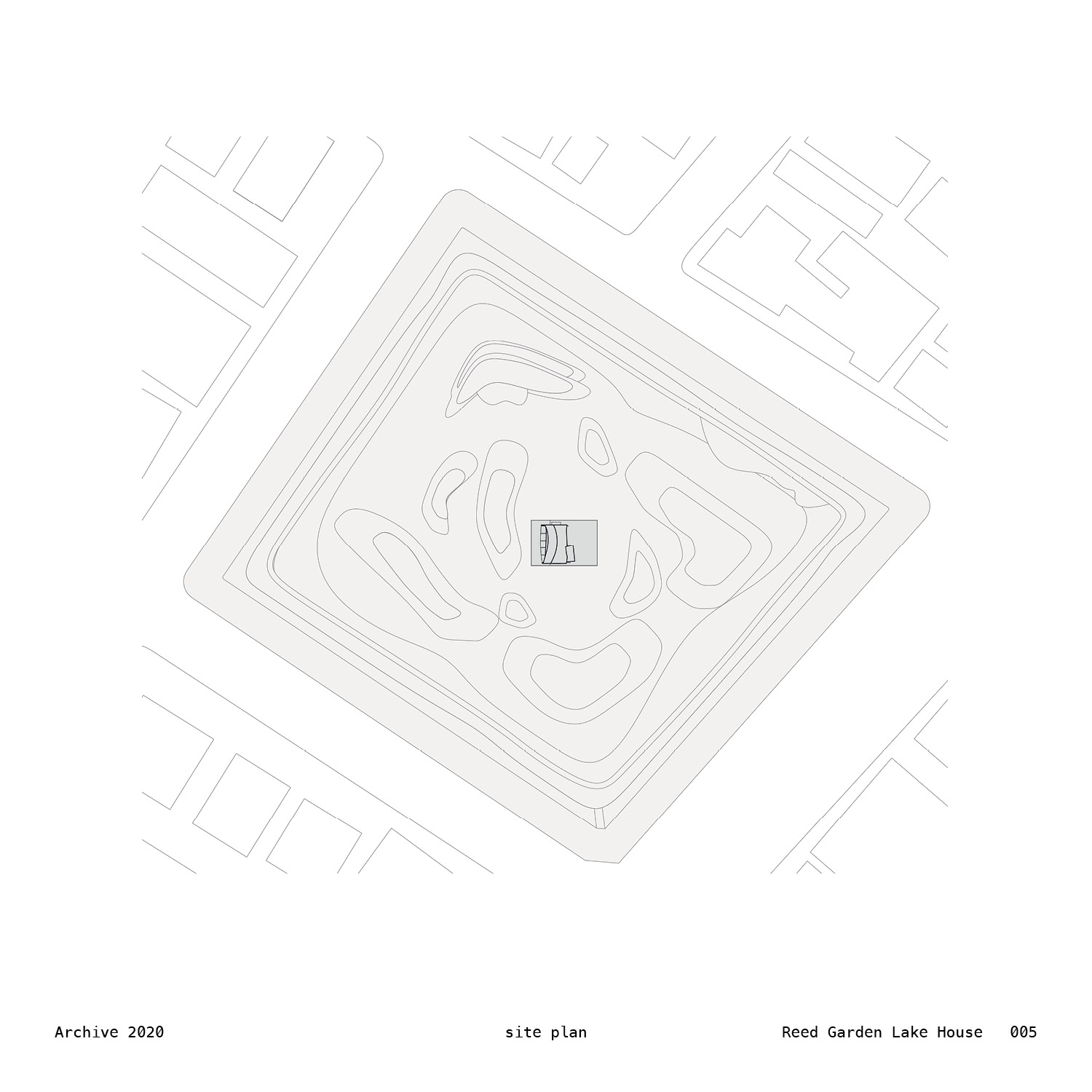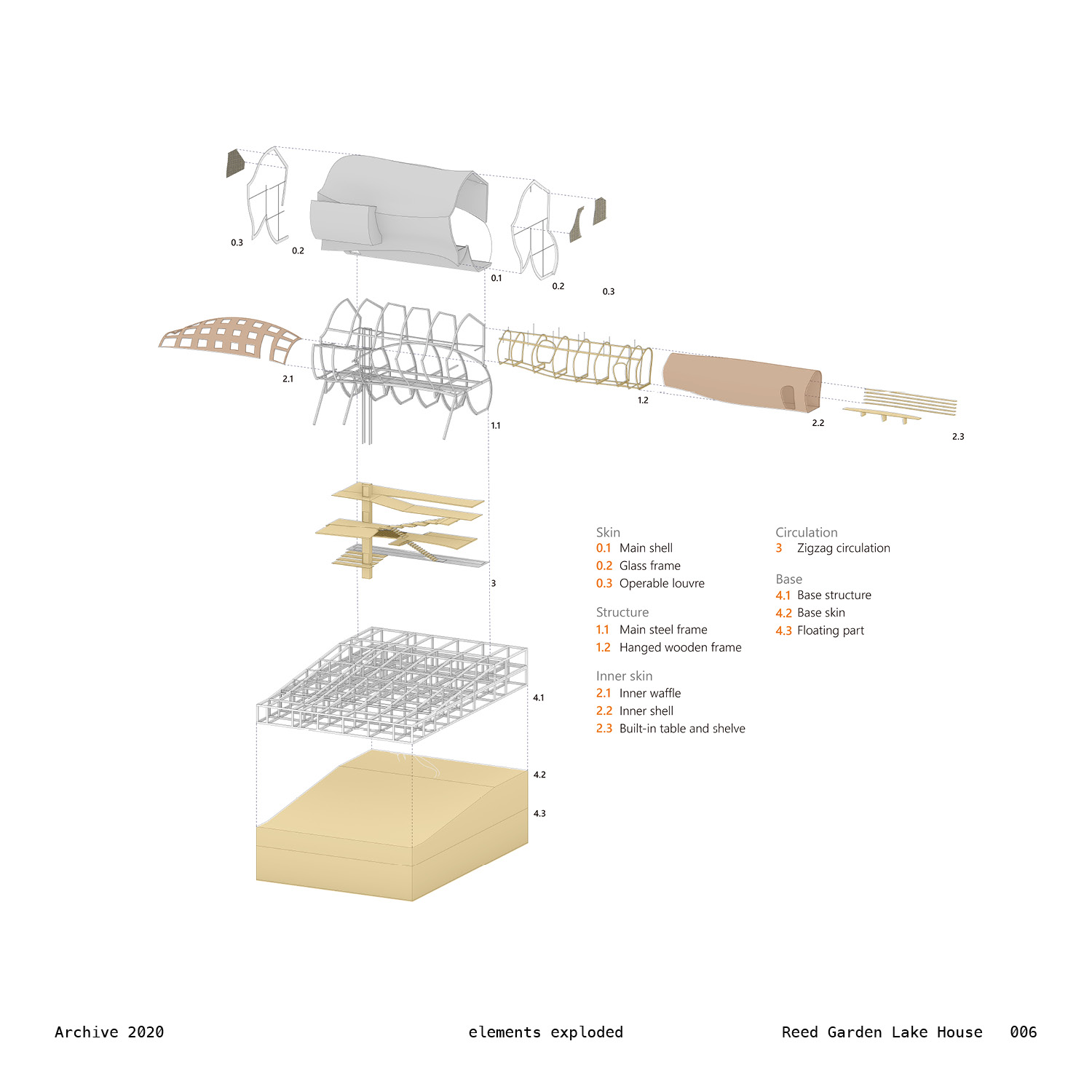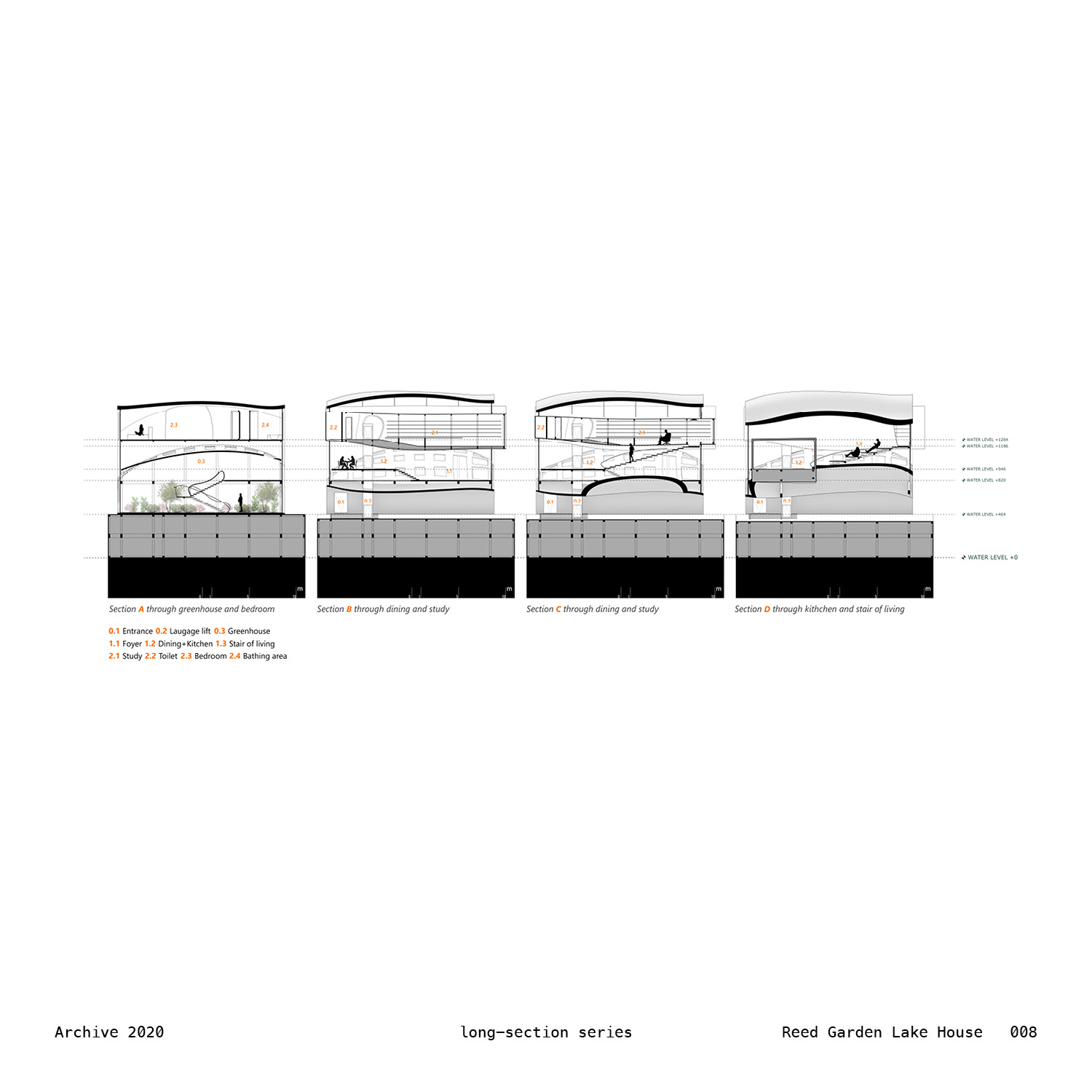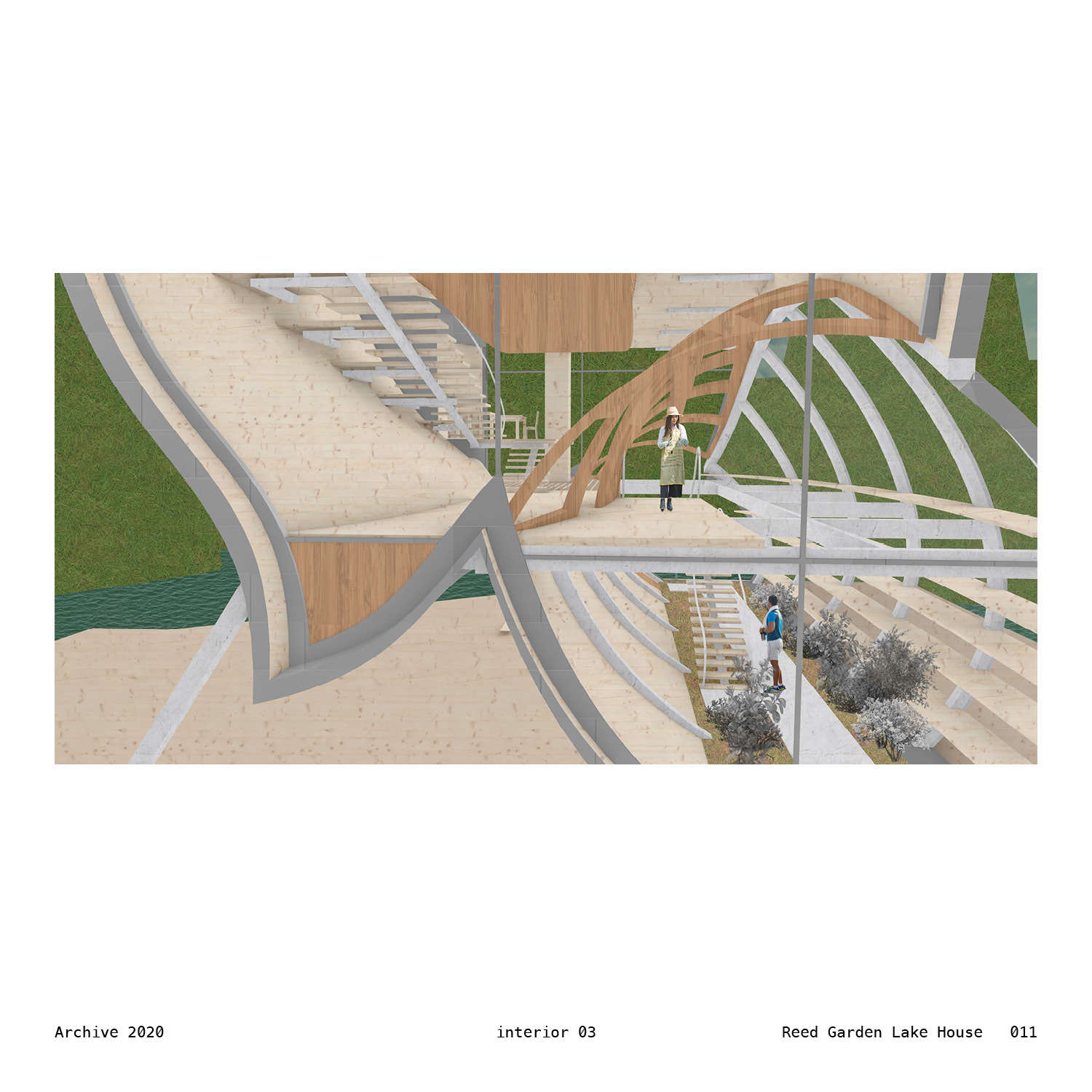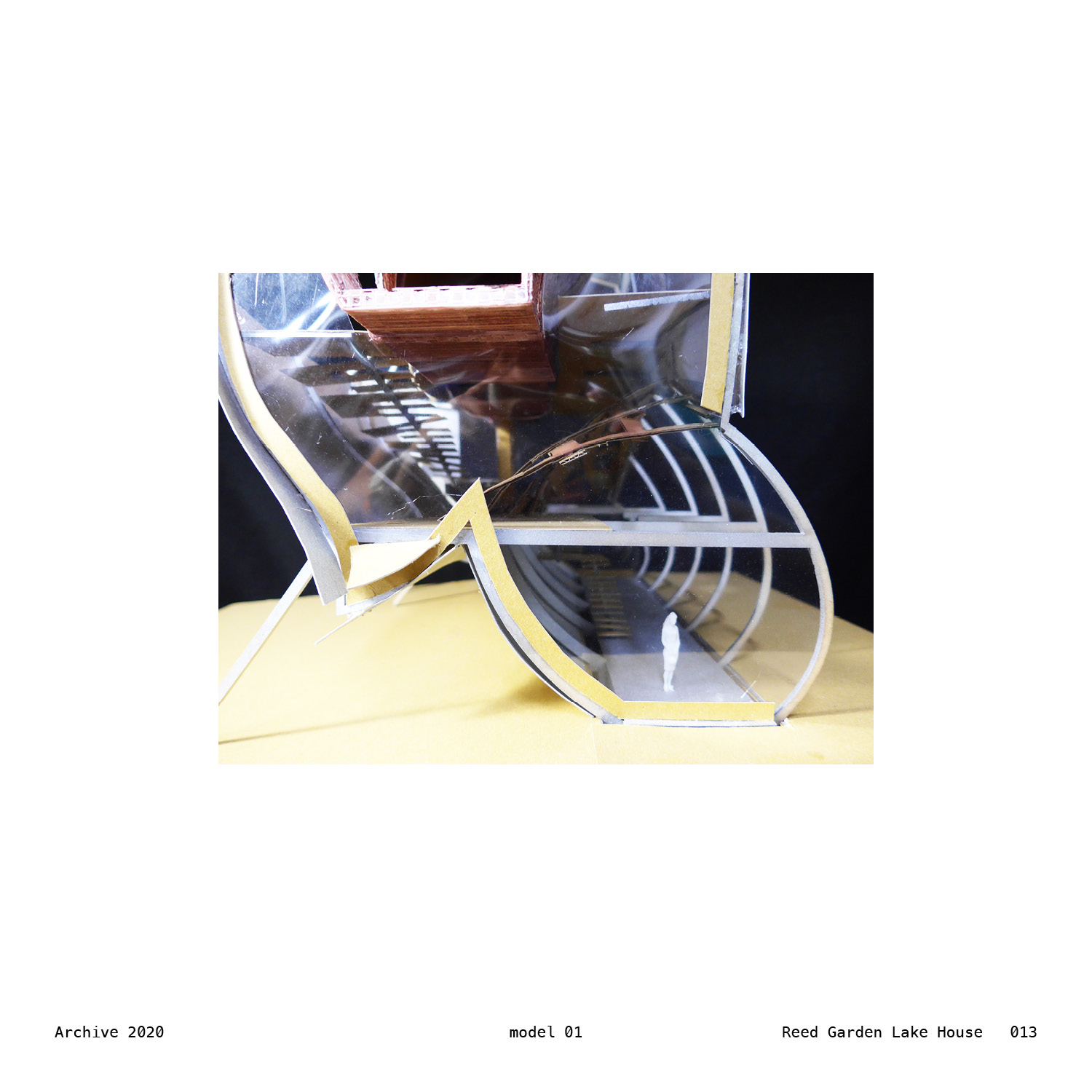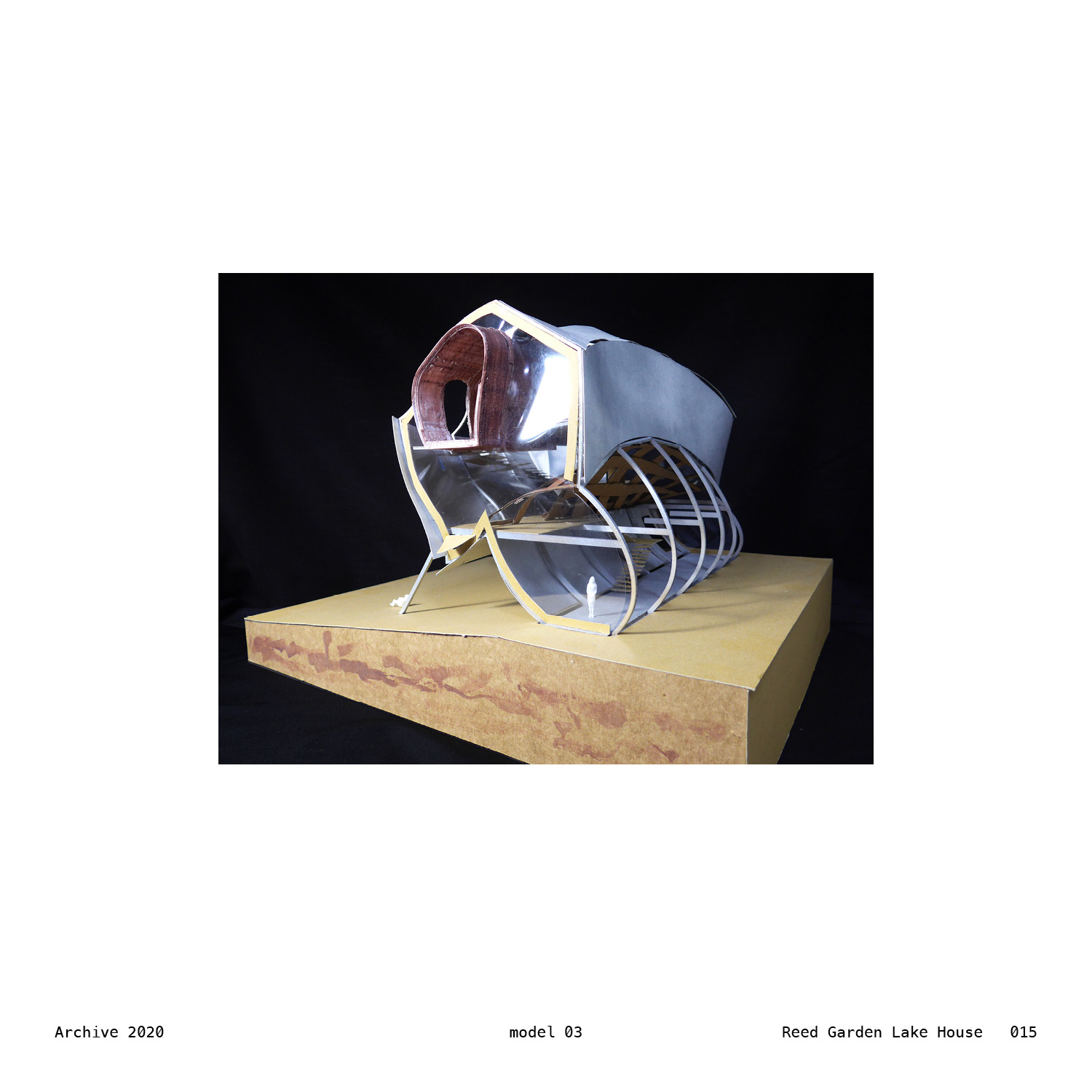The replanning of urban peripheries in Taiwan expands the city further trough integrating the areas around into part of it. Though sparing new land to curb over-crowding, and offering alternative living options for its dwellers, these redevelopments often rendered distinct areas equalized, the history and landscape rubbed and forgotten to fit into the new image and prospects of masterplans.
The design challenges the stereotypical, formalized way of living throughout these redeveloped areas, in which people live in new, commercial high rises which are mostly identical in essence. These bunches of developers’ buildings competing on maximum views and heights within their given parcel of lands seems to be the corollary in most cases of urban planning—but are these metropolitans doomed to live in modular, banal sky-bastions as the life-time residence? Or a new form of urban living condition could somehow be found—that could bear the dynamicity as it grows, with different ways of living as strata informing regional history and tradition, while offering more choices of residency to the vast population it holds?
The site sits at the north-western corner of Taichung city, the second largest city in Taiwan. The topography leans subtly toward the river bank, creating ponds that used to populate this area before the development begun—the ponds patched to give earth to residential towers.
In 2012, a parcel of land was abandoned, with a huge crater at the center. This was due to the sudden bankruptcy of a developer after the foundation construction had begun. Though this abandoned property was acquired by the government and converted to a huge sunken park afterwards, it offers a great chance as the site for a hypothetical design to rethink the way we live in a city.
Is it possible to retain the way people and nature used to live in harmony as a city expand? The design proposes a new form of dwelling at the edge of the city – in which ponds in replace of flatten lands are the modules of the urban grid. The site was chosen as a demonstrating model, experimenting on floating house and landscaping strategy.
The crater will be filled with water, but not full to allow varying water level in a seasonally pattern mainly dependent on rain amount. A floating house that serves as a prototype will then be placed in the middle.
“ Let us bring back the natural inhabitants originally here, the egrets, the frogs and the reedy hills.”
The design set to recover the kind of landscape and ecosystem for the city as a collective memory—ponds scattered all over the land, and high reeds waves softly to the breath. The goal is to at last convert the area into a buffer-zone between the city and the river, with ponds acting as flood-proof detention basins.
“Sailing a piece of boat, slowly and quietly. Few ripples alongside tall ragging reeds, one could vaguely see the place to settle down, stay for days, for months or for years.”
The proposed landscaping strategy erects scattered, rolling reedy hills among water, as well as undulating terrain encircling the crater that will be dedicated to the public. These hills define open, free flowing connection of routes leading to the house. One’s pace is gradually slowed down within.
At the heart of the routes is the floating house, the cloud. Inside, its function is placed along zigzagging circulation all the way up, like driving up a hill. The shimmering organic form is approached via long platform up toward the entrance, where outdoor barbequing or sunbathing could take place. Inside, the path will start from a greenhouse providing natural sanitation upon entering, which is topped by intersecting wooden strips. Up the stairs, treading along the punctured flooring leads to the platform for the kitchen and dining area. Then there’s the stair of living with stretching seating. Up above is the linear library in the middle of the house, like a sausage in burger. The master bedroom lies quietly on the other side of it, implying the end of the circulation.
The interior is in fact a one-space, in which not a space is completely blocked out from the others. There are floorings and demarcation punctured, to ensure ventilation and that the entire house share the same piece of air. The east and west façade is completely glazed, to direct views to the openings among “building forest”, and to chase the orbit of sun for a healthier living schedule. Retractable openings on these sides direct air in.
And the form, to suggest a light-hearted living organic, and to act against the sharp edges of surrounding buildings, is modeled as a piece of cloud floating among the rolling landscape.
As the houses and ponds and hills duplicate, replacing blocks of building, rewilding the city edge back to its wetlands and nature, a new form of urban life emerges.
People drive boats among the high reeds, passing through tunnels, traveling from clouds to clouds. One live in a city, but accompanied by egrets and frogs and fish. People grow more sensitive to the subtle changes of environment, and find a sense of home somewhere apart, but not far, from the buzzling city center.


